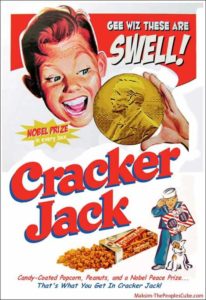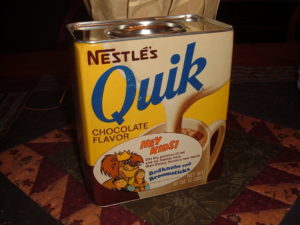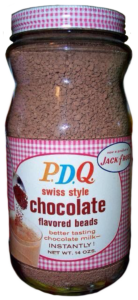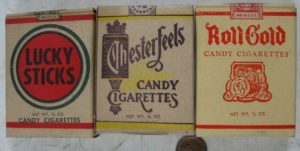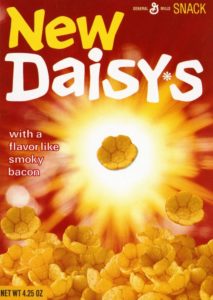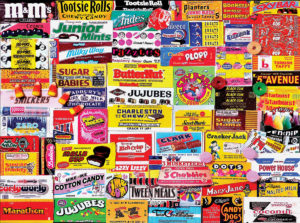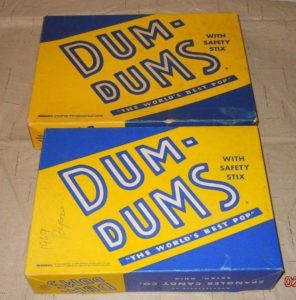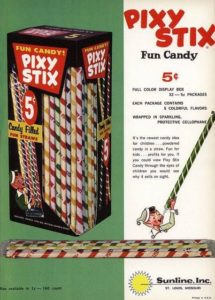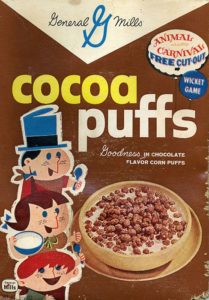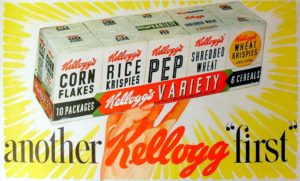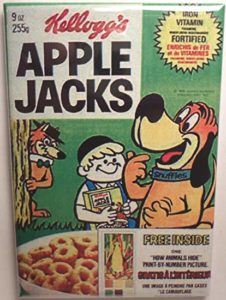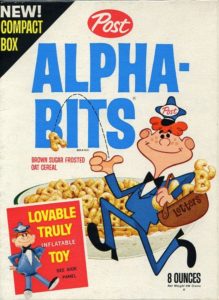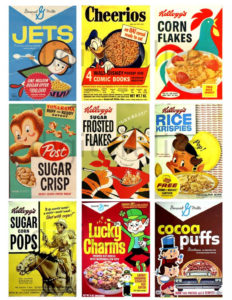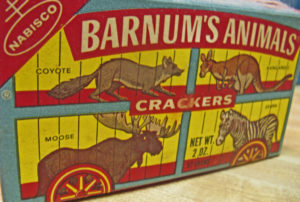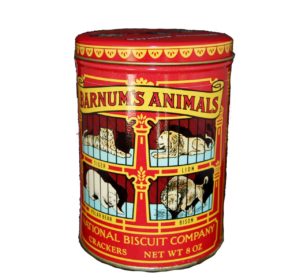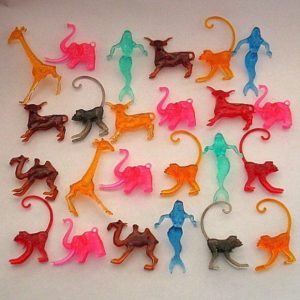
Here’s a memory so obscure that I could barely find anything on the web about it! That’s good news for the next curious seeker of obscure knowledge, because they’ll find THIS article.
Today, I write about little plastic critters that once lived on the edge of your styrofoam cup full of ice cold drink that was brought to your hands by a carhop, probably on roller skates.
We had a local chain in the Miami, Oklahoma area called Sonic. You’ve probably heard of them, they have since gone on to a much more nationwide presence. But in 1967, they were an Oklahoma phenomenon, and one of the things that they did to distinguish themselves from the competition was provide those incredibly brightly colored little mermaids, elephants, swordfish, monkeys, and a veritable menagerie of other creatures.
Perhaps you grew up with Sonic drive-ins. If not, I’ll bet a similar 1960’s eatery would decorate your drink with the miniaturized animals and such. They would profligate in kitchen junk drawers, along with matchbooks, 45 inserts, and other gewgaws too cool to throw away. They would also show up hanging from rear view mirrors, frequently in the form of monkeys linked tail-to-tail.
There was a scintillating quality to the drink critters that very few other give-aways could match. I mean, that bright blue, green, and red plastic was so gorgeous, with sunlight filtered through the windshield of a 1966 Plymouth Fury highlighting the delightful colors against that white styrofoam cup rim and those tiny crushed ice chips floating happily in the cherry limeade.
If you can remember them, you know EXACTLY what I’m talking about.
And the ploy worked, too. More often than not, I would convince my parents of the superior quality of Sonic’s food and drink and persuade them to go there for a meal on the go. But they knew that it was those amazing little plastic works of art that really drew me there.
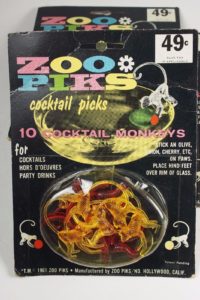
Who knows, perhaps they drew them, too.
So what happened? How did such a universally loved concept disappear?
The same way so many other similarly loved phenomena that we remember from our childhoods did. Through litigation.
Note this quote from the Wikipedia article on Sonic drive-ins:
In the 1960s, Sonic meals were always accompanied by a peppermint candy and small colored plastic animals called zoo-picks hanging on the side of drink cups. In small Southwestern towns it was common to see these Sonic zoo-pick collections on customers’ dashboards and rear-view mirrors until they were outlawed by consumer product safety laws as a choking hazard. The traditional peppermint candy is still served with Sonic meals today.
Aargh. I might have known.
I want to jump in the Plymouth with mom and dad and drive to the Sonic on the edge of Miami and have a huge cherry limeade, complete with a bright red monkey hanging on to the edge. And I want it to be 1967 again.
Oh well, I guess it’s time to put the Stones’ Let it Bleed on and get back to reality.
